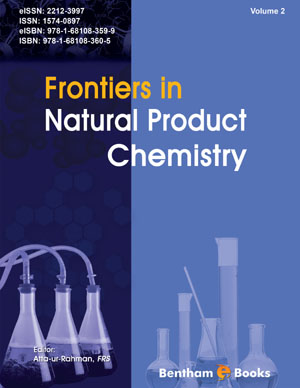Abstract
Over the past two decades, biotechnologies have provided a motor for innovation and sustainability in many economies all around the world by developing new processes and products in a bio-economy approach. Besides food and feed, increasing interest on biomass derived fuels, chemicals and materials, sustainably sourced and produced, has raised, providing an alternative to heavy reliance on finite fossil fuel resources. One of the most innovative and promising sectors of the bioeconomy is related to bio-based products, obtained in part or entirely from organic biomass, which account for about 16% of world production of bio-economy’s products. Plant biomass is rich in high added value compounds; mainly antioxidants and fibres, which once extracted can serve as green fine chemicals or can be used in food supplements and/or nutraceutical sector.
A great deal of evidence has established that the secondary compounds of higher plants (i.e. polyphenols) inhibit and/or quench free radicals and reactive oxygen species (ROS) thus protecting against oxidative damage. These compounds can therefore be exploited as additives in a large number of different commodities, such as plastics and nanomaterials.
This chapter gives an insight into the relevant research results regarding the valorization of polyphenol fractions extracted from agricultural wastes, focusing on those derived from fruit production and transformation. Structure-activity relationships will be discussed in view of their use in the field of innovative materials.
Keywords: Bio-economy, Bio-materials, Plant wastes, Polyphenols.






















